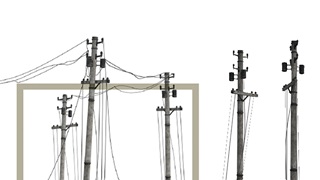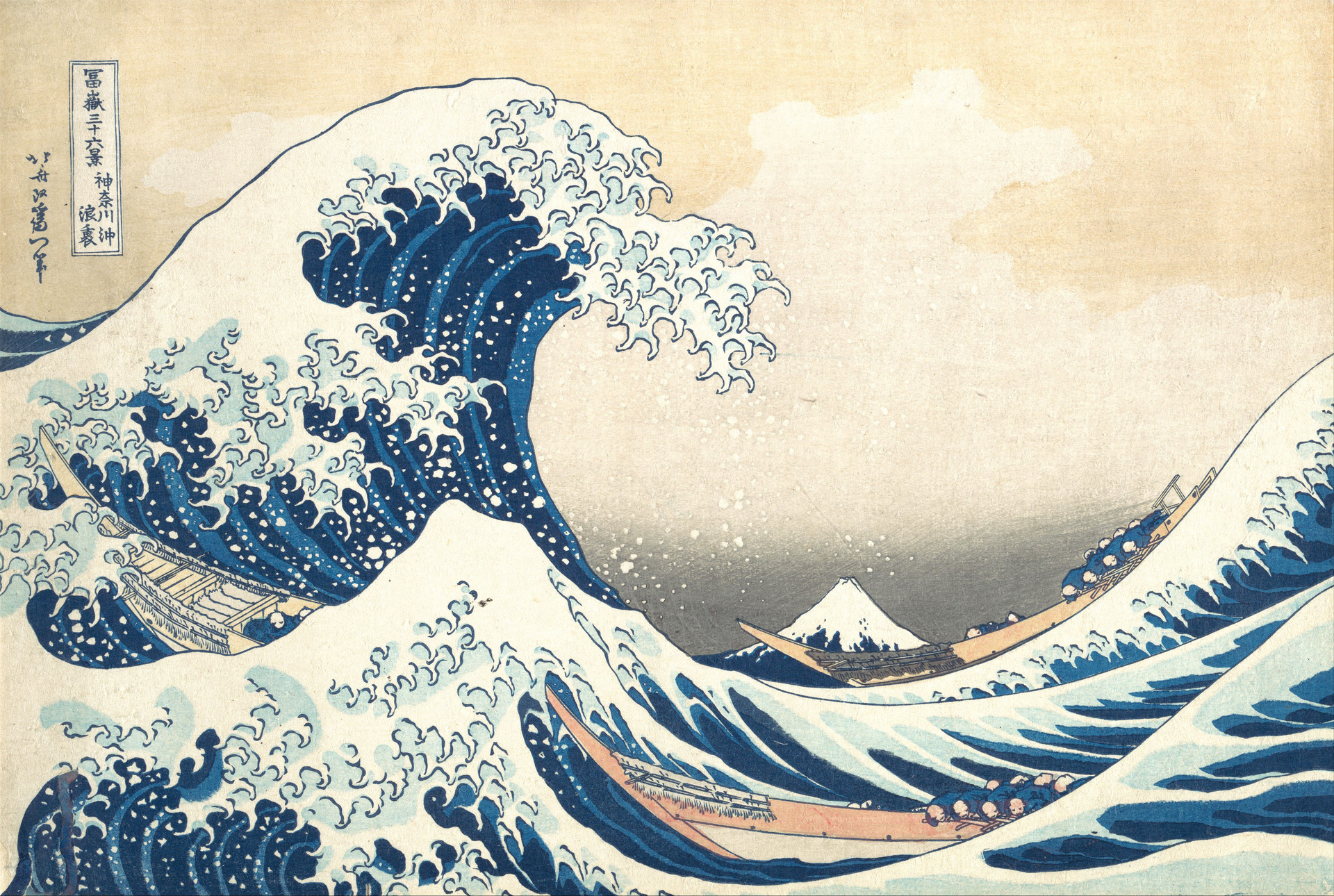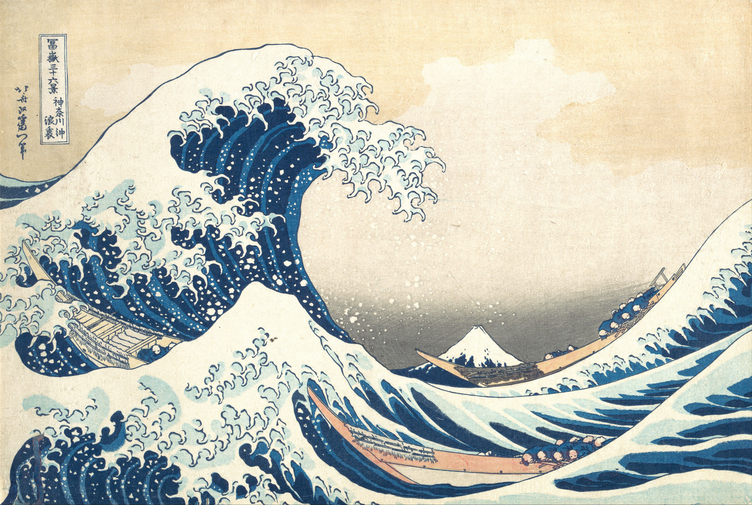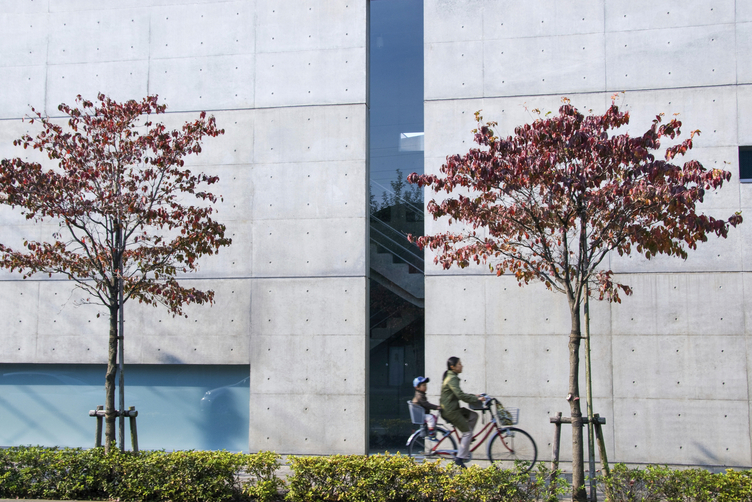
Stringers
Yui Ota-Barclay returns to Japan a changed woman; Russ Trice finds joy in LA; Andrew Robinson mourns the passing of Archbishop Tutu | Issue 20 | 2022


'There is a beauty in the way Japanese culture resists change'
Jonathan Wang, Jennifer Brightling, Yui Ota and Saori Takahashi open up the doors to Tokyo
In an age where progress and innovation has become the measuring stick for cities around the world, Tokyo’s brilliance lies in what it has preserved on its way to becoming a cutting-edge metropolis. This is a city where you come for the bright lights but stay for the way its streets give you that sense of nostalgia—or natsukashisa, as we say in Japan.
Jinbocho
Jinbocho station—Shinjuku Line & Mita Line (Toei Subways) or Hanzomo Line (Tokyo Metro)
Akihabara—famous for manga (Japanese graphic novels) and anime (Japanese animation) culture, is near the top of most tourists' lists. Often overlooked, however, is the fact that the old school publishing district of Jinbocho is a stone’s throw away from its neon-lit neighbour.
Tracing its roots to when five law schools opened their doors back in the Showa era (at the turn of the twentieth century), this district quickly became a student hub and home to literature in Tokyo. Bookstores and publishers opened up all around this area. Today, Jinbocho is the Mecca for secondhand, contemporary and antiquarian books in Japanese. If you need early Japanese translations of German or Dutch medical and scientific texts, try Jinbocho. It's a treasure trove.
On the ‘antique book street’—Koshotenngai—there are at least two hundred bookstores (it’s in the area from Jinbocho crossing to the east exit of the Suidobashi station). Every autumn, the street plays host to a book festival drawing enthusiasts from across the country. Love of literature is quite literally in the air, as the strip is renowned for the distinctive musk of ancient paperbacks.
Jinbocho is also known for its maze of back alleys and myriad cafés such as Nijukseiki, where you can pick up a good read, soak up the atmosphere and catch a rakugo (a style of Japanese comedy based on wit and word play).
A lot of Japanese literature doesn’t make it out of Japan, apart from manga and the occasional translations of award-winning writers like Haruki Murakami. But you won't need to have mastered the Japanese language to enjoy Japanese literature at Jinbocho.
Traditional
The Ota Memorial Museum of Art in Harajuku holds a collection of twelve thousand woodblock prints (ukiyo-e) from artists such as Hiroshige and Hokusai.

Contemporary
The National Art Centre is the perfect place to see contemporary art—Japanese and other. In 2017, the centre is showing the work of artists across South-East Asia (titled ‘Sunshower’, a metaphor around the sight of rain falling from clear skies, a common sight in this part of the world). Later in the year, the work of the celebrated Japanese architect Tadao Ando will be on show.

Tattoo art and culture
Yokohama station on the Tokaido Line (JR)
Tattoo art and culture in Japan has a long and somewhat turbulent history. Tattoo culture became prominent during the Edo period at the same time as a number of other Japanese art forms including kabuki and ukiyo-e. Large tattoos of protective symbols (carp or water dragons) were particularly popular with firefighters seeking protection. In the years that followed, the use of tattoos as a form of punishment and their association with organised crime has made tattoo culture a taboo. Even today, many gyms, pools and public baths ban people with tattoos from entering.
The Yokohama Tattoo Museum is run by the traditional Japanese tattoo artist Horiyoshi III and his wife. It is a popular attraction and a must for anyone interested in Japanese subculture. The museum catalogues Japanese tattoo art and cultural history, the modern tattoo movement and historic prohibitions against this art form.
Golden Gai
Shinjuku station on the Shinjuku Line & Oedo Line (Toei Subways), Marunouchi Line (Tokyo Metro) or Yamanote Line (JR)
Western music has had an enormous impact on the music industry of Japan. Nowhere is this more apparent than on Golden Gai (Gold Street), located in Kabukicho 1-chome (in a notorious entertainment district in the Shinjuku ward). Golden Gai comprises two hundred tiny venues clustered into six alleys. The area was built on the site of a black market which sprang up after the end of World War II and is frequented by writers, musicians, film directors and artists.
Golden Gai has many hole-in-a-wall bars such as H.O.D (punk/70s rock/glam rock), Aces (blues/soul/rock) and Plastic Model (80s/techno/New Wave). These venues reflect their owner's personality and passion for music.
A word of caution: the bars on Golden Gai are tiny (ten people) (and this is being generous with regards to some); this does mean that you get up close and personal with its inhabitants—and the bartenders usually have good English and welcome good banter.
Shimokitazawa
Shimokitazawa station on the Chiyoda Line (Tokyo Metro) or Keio–Inogashira Line (JR)
If you want to see some up-and-coming bands, head down to the live houses such as Era and Shelter at Shimokitazawa. The area around Shimokitazawa station is basically the opposite of the modern ‘cool’ Japan much of the world has become accustomed to. Replacing the bright pink and outrageous vibe of Harajuku, Shimokitazawa is where you will find thrift shops, secondhand record stores, vintage furniture stores and even an old-school groceries district (under the station bridge, no less!).
This is the home of Tokyo's other alternative culture and is famous for live houses which feature young artists who appear there before getting snapped up by record labels.
The National Noh Theatre is near the Sendagaya station. I wish we could comment more on this art form, which stretches back to the fourteenth century, but between us we have no knowledge. The audience appear to be either tourists or the elderly Japanese.
The main place to see traditional Kabuki theatre is at the Kabukiza Theatre in the Ginza district. Takarazuka (in Kobe) is an all-women theatre troupe with a strong fan base in Japan. The actresses who play the lead male roles remain major stars in Japan long after retiring.
There are countless traditional festivals in Japan with a history going back a thousand years (sometimes longer). Japan is a small country made up of small islands, with differences in history, climate and terrain. Each festival is rooted deep in the local community. The decline in population across Japan is felt most acutely in the rural areas, where the locals are struggling to keep their traditions alive.
Onbashira
To attend some of the most spectacular festivals, some forward planning is in order. If you take a three-hour drive to the northwest of Tokyo, you will find Suwa Taisha (Suwa Grand Shrine) located in the Nagano Prefecture. This is where the Onbashira Festival is held.

Onbashira takes place every six years and began (we think) at the end of the eighth century. Onbashira means ‘sacred pillar’; there are sixteen erected around Suwa Taisha. Each Onbashira is seventeen meters tall and weighs ten tons. The locals consider the Onbashiras to be the divine being; every six years they cut down large fir trees from the surrounding mountains to become the new Onbashiras, so that they maintain their sacred powers. Thousands of the locals carry the tree trunks through the Suwa area (down steep hills and across a purifying river) into Suwa Taisha to honour the Onbashiras.
You can find renewal ceremonies like this in other shrines across Japan—Ise Jingu in Mie Prefecture, Kasuga Taisha in Nara Prefecture, and Izumo Taisha in Shimane Prefecture. We Japanese consider that the place for gods needs to be renewed periodically.
The next Onbashira Festival will be held in 2022. Please mark your calendar.
Where to stay
Atami station on the Tokaido Line (JR) or any Tokaido Shinkansen Line (bullet train)
Tokyo’s hotel prices have risen in recent years But the city still caters for all ends of the price scale from the budget options (like the infamous capsule hotels) to the usual list of five-star accommodation. If you want to experience true Japanese hospitality, go to the onsen (hot springs) districts around Atami or the Izu peninsula, where you can stay at a traditional Japanese ryokan. This is a favourite for locals and tourists alike.
Moving around
Tokyo has one of the busiest and most efficient metro systems in the world with more than 24 million passengers every day—so avoid peak hours. The main operators are JR (Japan Rails), Tokyo Metro (Subways) and Toei Subways (City-operated line).
The rail network is so extensive that residents (especially people who live within the twenty-three district wards) find little need to travel by car.
© Norton Rose Fulbright LLP 2025